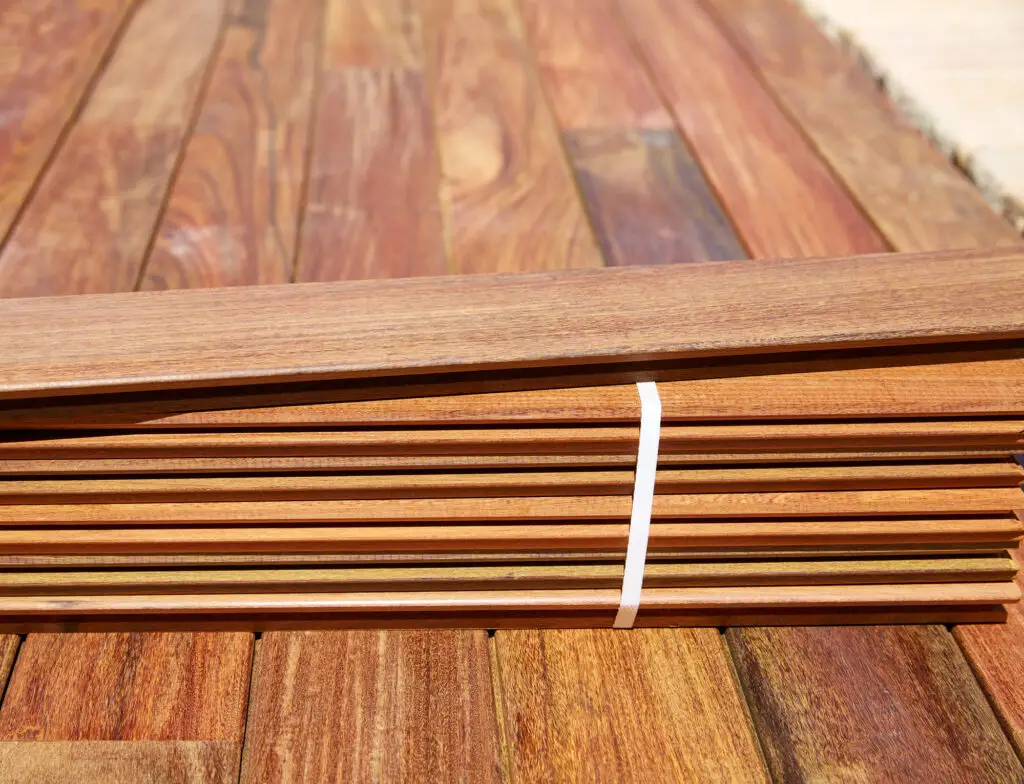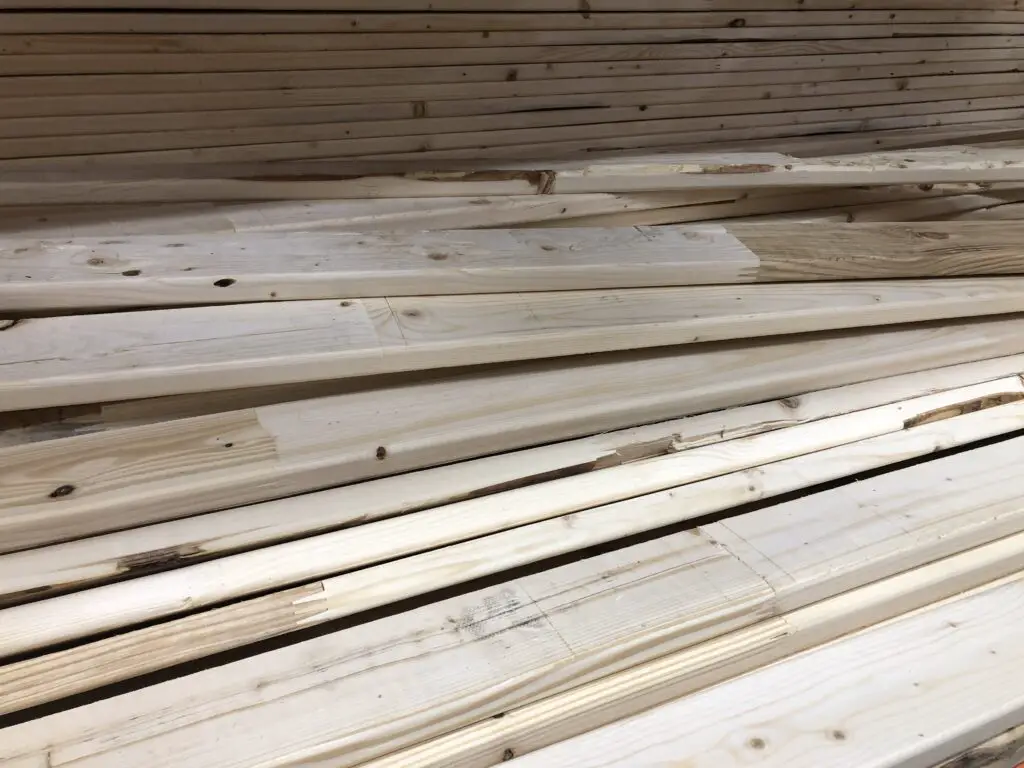When it comes to woodworking, a material you may not have considered working with is waterlogged wood from an underwater forest. However, this is a material that should not be overlooked.
These underwater forests are usually created when dams are constructed, and the trees in the area are submerged underwater. While the trees die, the wood is preserved and can be cut and recovered thanks to machinery.
After which, the wood is perfect for milling, and it can be used in the construction of various woodworking projects such as furniture and accessories. In this article, we will be going over how to dry waterlogged lumber and other questions you may have regarding the topic!
For those who would like a quick answer — waterlogged or sunken wood is usually as saturated as possible and will require a more extensive drying process than wood that’s been left out in the rain.
Most experts recommend cutting the wood into boards and drying the boards, as opposed to attempting to dry out a whole log or tree. This will make it less likely that the log will rot and crack.
Waterlogged wood can be dry/cured using standard methods; however, in general, it should be a slower, less intensive dry. For example, if drying in a kiln, ensure you use a lower temperature and allow a higher than average humidity. Slowly increase the temp and lower the moisture and repeat the process until the desired dryness is achieved.
What is Waterlogged Wood?
Waterlogged wood is a sunken log that has been cut and retrieved from an underwater forest. It has its name due to it being wood that has been submerged in water.
These underwater forests are created when large forest areas are submerged in water, usually due to the creation of a dam. While the trees die, the wood itself is submerged, making it a rare and harvestable material.
Waterlogged wood can be used for construction projects.
Why is Waterlogged Wood So Valuable?
There are several reasons why waterlogged wood is deemed valuable by many woodworkers and constructionists. These benefits include:
- Preservation: Due to its limited exposure to sunlight and oxygen when submerged underwater, waterlogged wood has been preserved, despite the tree already being long-dead.
- Hues: Normal wood tends to retain either a red or golden hue with a darker stripe pattern on top. However, waterlogged wood has a smoother grey and olive hue color scheme without dark stripes. This unique coloring is preferred by some woodworkers.
- Resistance: Once correctly dried, waterlogged wood has increased resistance against factors such as temperature, humidity, and acidic content. This quality makes it a great material to use for sturdy construction that needs to last for a long time.
How is Waterlogged Wood Extracted?
Waterlogged wood first has to be located, and then it can be extracted. The extraction is usually done with the assistance of divers and machinery.
Smaller teams tend to remove sunken logs by using air floats or winches to allow the wood to rise to the surface. Larger groups use more advanced machinery to cut down underwater trees before extracting them from the water.
Once the wood has been cut and floats to the surface, it is then taken from the water and shipped to a facility to be desalinated, dried, and cut.
How Can I Dry Waterlogged Wood?
Before the wood is used for any construction, it needs to be dried. There are many different methods to drying the wood so that you can choose according to the size of the wood and whether or not you will need to be active for the drying process.
These methods include but aren’t limited to:
- Kiln drying: Drying by spacing wood out in a heated and airtight space (does not require manual labor)
- Natural drying: Unassisted drying by simply leaving the wood alone. The simplest method, but takes the longest
- Desiccant drying: Drying through the use of desiccant beads or packs, simple and efficient
- Heat gun drying: Manually drying specific areas of the wood using a heat gun, giving you more control of how much area is dried
- Air drying: Spacing out the wood in an environment with constant airflow, allowing it to dry through air circulation
How Long Does it Take for Waterlogged Wood to Dry?
Depending on the drying method used and the size of the wood, the time it takes to dry can vary heavily.
For example, if you are trying to dry a large piece of wood with a basic method like air drying, you’ll find it taking upwards of six months for any considerable progress. However, if you are drying smaller pieces or using more efficient methods, it will take considerably less time.

